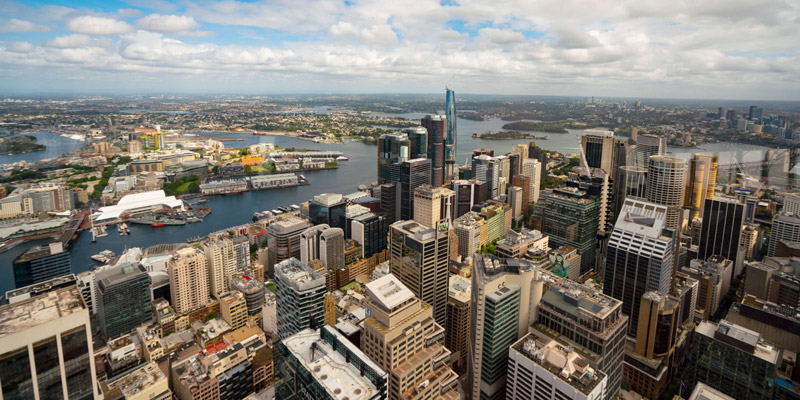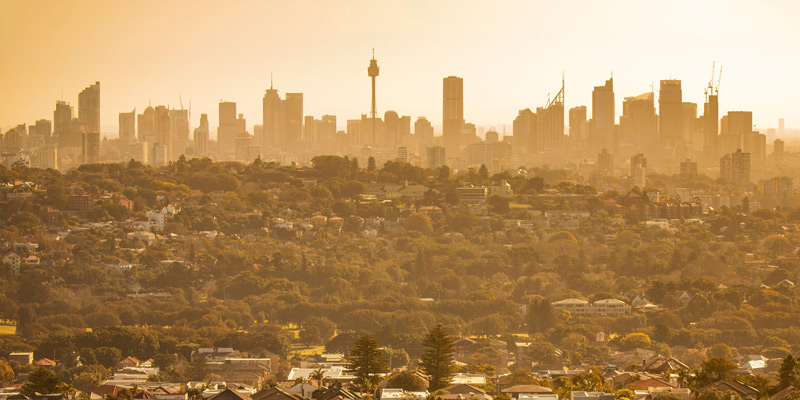Our built environment consists of buildings, infrastructure and human-made landscapes, such as:
- homes, schools, hospitals, and shops
- roads, bridges, footpaths, rail and port networks, and essential services including energy, communications and water supply
- parks and gardens, and designed green infrastructure including tree canopy and open spaces.
The built environment protects us from the elements and provides us with the services we need to live our daily lives.
Climate change will have major impacts on our built environment. More extreme conditions and weather events will cause, direct damage and deterioration, and reduce access to the infrastructure and buildings we depend on.
Climate change is affecting built environments in different ways compared to natural environments. For example:
- temperature changes will be particularly felt in our cities and towns because of the ‘urban heat island effect’
- sea level rise will increase tidal flooding and erosion in our coastal cities and towns
- increased storms and floods will affect buildings including homes and businesses, especially those built in low-lying areas.
Built environments are more resilient to climate impacts when they are designed to work with natural environmental systems. For example, passive design of buildings takes advantage of light and heat from the sun to reduce heating and cooling costs, and green infrastructure and water-sensitive urban design can withstand both wet and dry conditions and act as buffers to protect us from the impacts of extreme weather events.




